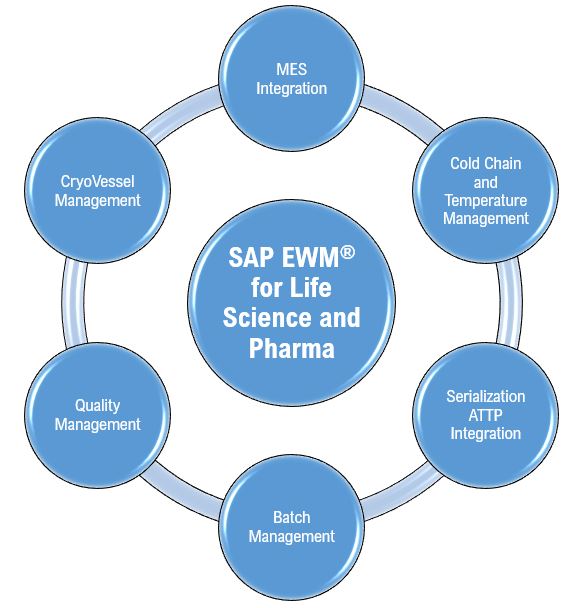Introduction
In the modern digital workplace, where hybrid work is the norm and applications span on-premises and multi-cloud environments, the browser has become the primary work interface. With this shift, enterprises face a pressing challenge: how to secure user access to applications and data without compromising productivity or user experience.
Secure Enterprise Browser—an emerging category of cybersecurity solutions is designed to address the growing risks associated with unmanaged browsers and distributed access patterns. These purpose-built browsers offer fine-grained access controls, real-time threat prevention, and integrated data protection—enabling secure, seamless access to SaaS, private, and internal applications from any device, anywhere.
Why the Browser Needs to Evolve?
Traditional web browsers were never designed with enterprise-grade security in mind. They:
- Provide minimal native control over data movement (e.g., downloads, clipboard, printing)
- Lack real-time telemetry and threat prevention
- Are difficult to manage across a distributed workforce
With employees working from anywhere, connecting to SaaS, private apps, and the internet, the browser becomes both a productivity tool and a potential attack surface. Phishing, browser exploits, session hijacking, and unauthorized data exfiltration are just a few of the risks.
What is a Secure Enterprise Browser?
A Secure Enterprise Browser acts as a Zero Trust-enforced, policy-aware access gateway between users and applications. It is purpose-built to provide safe, controlled access to web, SaaS, and internal applications—designed from the ground up with cybersecurity as the core. It delivers:
- Secure Web Access for apps with build in threat detection like activity like phishing, credential theft, or malware delivery.
- Granular data control – Restrict copy-paste, file upload/download, printing, or screen captures based on identity, device, and location based on users or specific applications
- Posture check – Ensure that only IT compliant device can access the apps.
- Detailed logging – Complete audit trails and user activity monitoring for compliance and investigation.
These capabilities help enterprises extend Zero Trust principles directly to the browser layer, ensuring least-privileged access and reducing lateral movement risk.
Prisma Access Browser as a Game-Changer
Palo Alto Networks has integrated Secure Enterprise Browsing into its Prisma SASE platform. Through the Prisma Access Browser, organizations can now enforce security policies natively within the browser experience—without relying solely on VPNs, endpoint agents, or SWG stacks.
Key Benefits of Prisma Access Browser:
- Agentless and seamless: Delivered via browser, no need for endpoint installations.
- Zero Trust ready: Tightly integrates with Prisma Access for consistent security and access policies across all users.
- Context-aware controls: Apply granular policies based on user identity, role, device posture, and risk signals.
- Session recording and auditing: Full visibility into user actions and application interactions.
- Fast onboarding: Deploy in hours, not weeks, with minimal friction to end users.
Use Cases in Action
- Contractor Access to Internal Apps
Grant time-limited, browser-based access to enterprise applications for third-party vendors and contractors. No VPN, no endpoint agent—just role-based, secure, isolated sessions with full visibility and access logs. - BYOD Access to SaaS
Enable employees to securely access enterprise SaaS applications like Salesforce, Microsoft 365, or ServiceNow from personal devices. Mark sensitive data and restrict data downloads, printing, and clipboard actions to prevent data loss on unmanaged endpoints. - Protecting Sensitive IP
Provide access to source code repositories, design documents, or financial records with fine-grained controls that block screen captures, disable developer tools, and prevent any unauthorized sharing or copying of sensitive data. - Augmenting Virtual Desktop Infrastructure (VDI) or Desktop as a Service (DaaS)
Secure enterprise browsers provide streamlined, policy-driven access to business applications, enabling organizations to reduce reliance on complex and expensive VDI or DaaS setups—thereby simplifying IT operations and lowering infrastructure overhead. - Mergers & Acquistions
Palo Alto’s Prisma Access Browser ensures new Mergers & Acquisitions teams gain fast, secure access to essential applications, including corporate, SaaS, and GenAI, from any device. This streamlines the integration process, allowing employees to become productive more quickly and thereby accelerating the overall time-to-value for the acquisition
Is This the Future of Secure Work?
With the rapid evolution of cyber threats and the increasing fluidity of enterprise workforces, secure enterprise browsers are more than a trend—they are a necessity.
By embedding security into the browsing experience, platforms like Prisma Access Browser are empowering organizations to:
· Minimize attack surfaces
· Enforce consistent policies across hybrid environments
· Accelerate secure digital transformation
In short, secure browsing is becoming the new perimeter.
Author’s Note: As organizations continue to pursue a secure, seamless, and scalable access model for their workforce, the Secure Enterprise Browser, led by innovations like Prisma Access Browser, offers a powerful and elegant solution.
Author’s Details:
Prassanna Rao Rajgopal, Industry Principal, Infosys
Prassanna has more than 20 years of experience specializing in cybersecurity. He heads the North America strategic alliance and partnership with Palo Alto and manages joint go-to-market cybersecurity offerings. He has developed cybersecurity roadmaps with CISOs and collaborated on building a Cybersecurity Operations Center. His experience includes cybersecurity transformation, managed security services, and service delivery.
Prashant Mishra, Director, Solutions Consultant, Palo Alto Networks
Prashant Mishra has more than 22 years of experience in consulting on Cyber Security products. His core skills cover areas like SOC, SIEM, Threat Intelligence, GRC, IAM, and more. He also holds several industry certifications, including CISSP and CISM.








